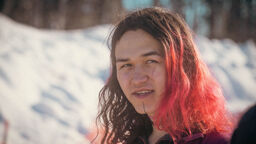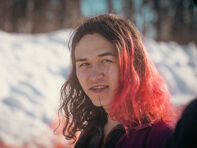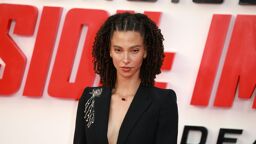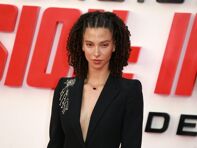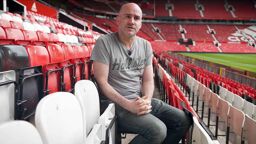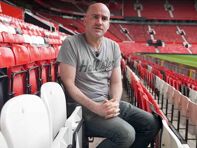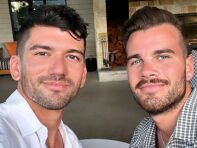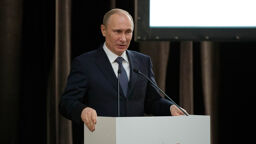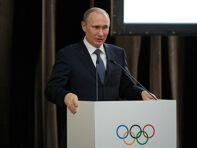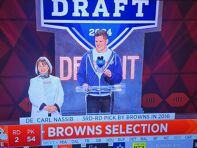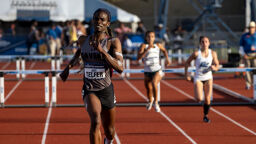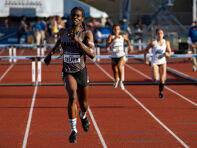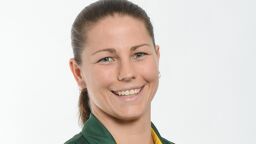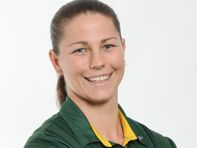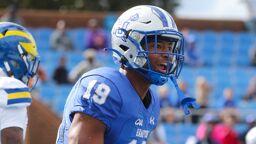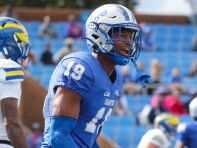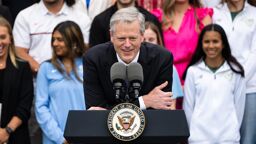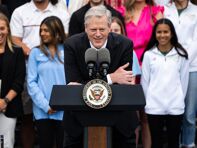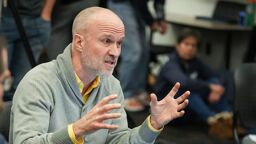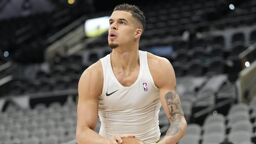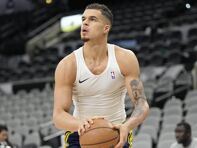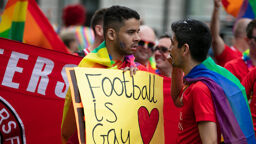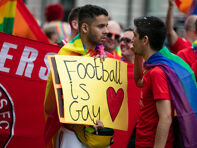Jake Fedorowski was tired of being misgendered every time they signed up for a road race.
So they created a guide to ensure that doesn’t happen anymore.
Fedorowski, who serves on the board of the Seattle Frontrunners, an LGBTQ running club with chapters all over the U.S., recently came out with a guide to non-binary inclusion in running. The 24-page manual covers every topic from how to normalize the use of pronouns to creating safe environments for all participants.
Their first partnership is with the San Francisco Marathon, which is slated for July 24.
“You’re typically having to pay a good amount of money to be misgendered,” Fedorowski told Outsports. “I was like, ‘I’m kind of done with that. I don’t want to actively participate in this anymore.”
Fedorowski’s breaking point came last fall, when they were signing up for a marathon in nearby Eugene, Oregon, along with several other Frontrunners. Upon noticing there wasn’t a non-binary division, Fedorowski contacted the race organizers, who were sympathetic to their situation.
But the organizers told Fedorowski they were unsure how to implement a non-binary category. That’s when they decided to create the guide.
Over the next couple of months, Fedorowski spoke with roughly 30 race organizers and non-binary runners. They were on a fact-finding mission.
“What started the whole process was me just trying to get information for myself, so when I talk to the race director, I have it,” they said. “In doing that, I realized, ‘Oh, I could create a resource here that could be shared with race directors, and people like me who want to have these conversations could use to educate themselves.’”
An increasing number of races now feature non-binary divisions, including the New York City Marathon, the largest race of its kind in the world. Zackary Harris, another Frontrunners member, was the first ever non-binary division winner in the race’s 50-year history last November.
Grandma’s Marathon in Duluth, Minn., in which Fedorowski competed this month, also had a non-binary division. To mark the occasion, Fedorowski decided to wear the non-binary flag around their neck while running.
When they crossed the finish line, a non-binary person in attendance called them over and expressed their gratitude.
It was an example of how impactful visibility can be.
“It was just a really cool moment,” Fedorowski said. “There are people out there who will benefit from this, and need this division. It was cool to see that in real time.”



